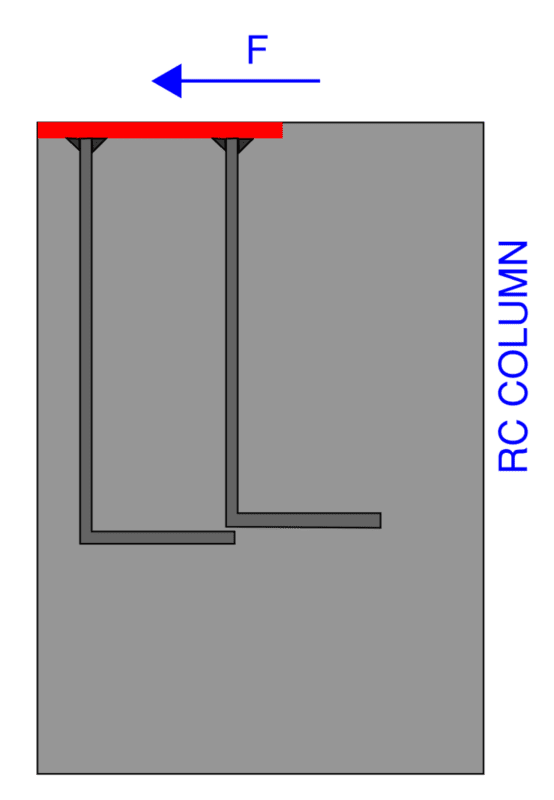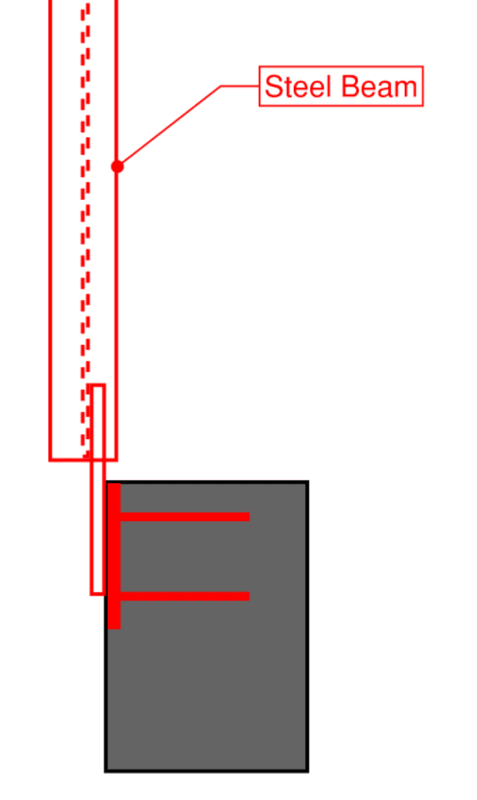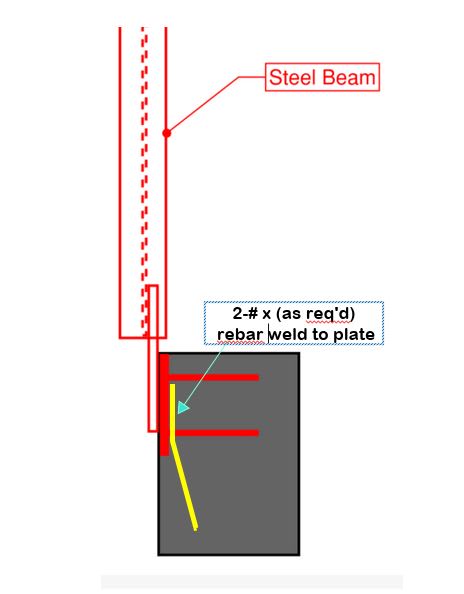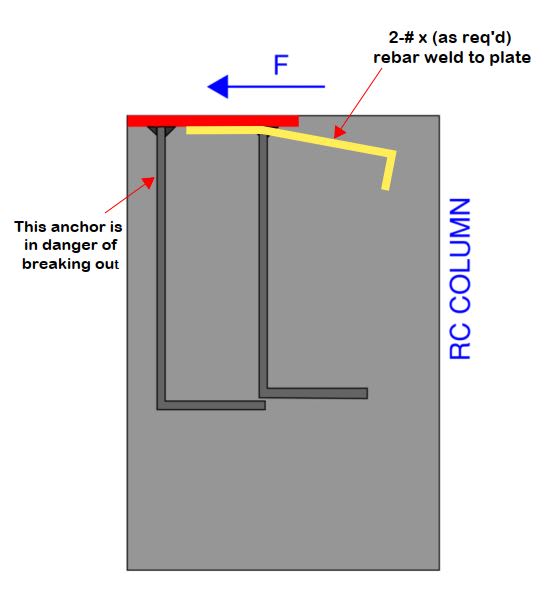Hi,
I have a steel member connecting to a RC column. I avoid using anchors or shear studs due to edge distance issue. Instead, I have this cast-in plate with rebars that weld to it.
I am wondering if anyone can guide me on how to check the shear capacity in this case. I have gone through some PCI examples, but it seems like they don't really talk about this scenario. Most of the examples are related to shear studs.

I have a steel member connecting to a RC column. I avoid using anchors or shear studs due to edge distance issue. Instead, I have this cast-in plate with rebars that weld to it.
I am wondering if anyone can guide me on how to check the shear capacity in this case. I have gone through some PCI examples, but it seems like they don't really talk about this scenario. Most of the examples are related to shear studs.



![[smile] [smile] [smile]](/data/assets/smilies/smile.gif)

